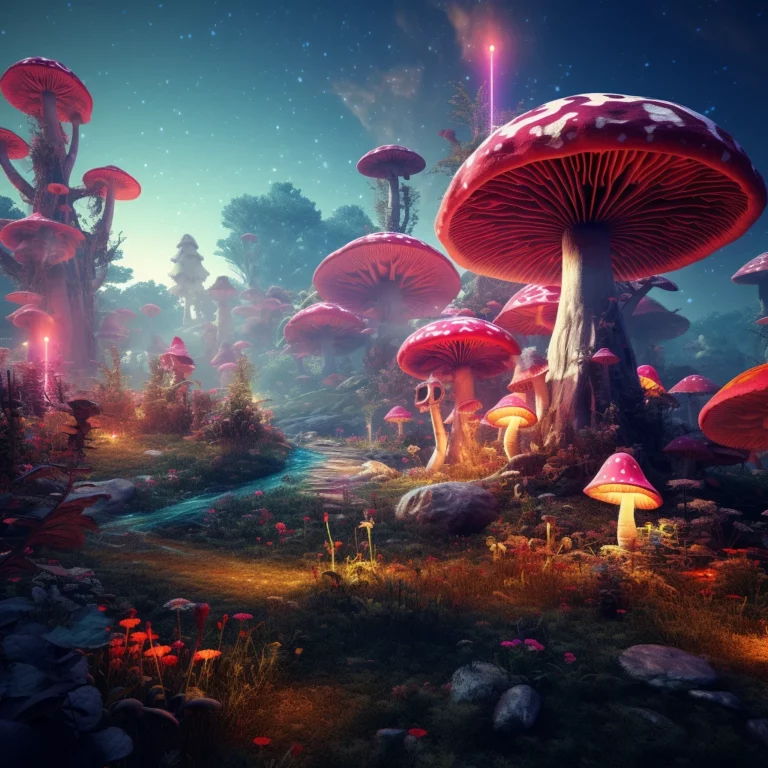The Science Behind LSD: Delving into its Chemistry, Structure, and Synthesis
Lysergic Acid Diethylamide (LSD), a potent psychedelic substance, has garnered significant attention in scientific, medical, and cultural contexts. Known for its profound effects on perception, cognition, and emotions, LSD’s intriguing capabilities root in its unique chemistry. This article aims to delve into the intricate chemistry of LSD, exploring its molecular structure, synthesis, and the implications of these chemical properties on its biological effects and therapeutic uses.
Background of LSD
LSD was first synthesized in 1938 by Swiss chemist Albert Hofmann at the Sandoz Laboratories in Basel, Switzerland. Initially synthesized as part of a research program searching for medically useful ergot alkaloid derivatives, its significant psychological effects were not discovered until 1943 when Hofmann accidentally ingested some of the compound. This incident marked the beginning of the world’s first LSD ‘trip,’ a phenomenon that would have far-reaching implications in the fields of psychology, neuroscience, and therapeutics.
Basic Chemistry of LSD
At the molecular level, LSD is a complex molecule belonging to the ergoline family. Its structure consists of a bicyclic hexahydroindole fused to a bicyclic quinoline group (lysergic acid). Attached to this core is a diethylamide functional group, from which the name ‘Lysergic Acid Diethylamide’ is derived. The structure of LSD is quite similar to other ergoline alkaloids, such as ergotamine, found in the ergot fungus, Claviceps purpurea, and also bears a resemblance to the neurotransmitter serotonin.
LSD’s Chemical Properties
LSD is a chiral compound, meaning it has two enantiomers (mirror-image forms), although only one, the d-isoform, is psychoactive. Its psychedelic effects are believed to be primarily due to its strong partial agonist effect at the 5-HT2A receptor in the brain, a subtype of the serotonin receptor. Other key properties of LSD include its light sensitivity and its high potency; effects can be felt with doses as small as 20-30 micrograms.
Synthesis of LSD
The traditional synthesis of LSD involves the reaction of lysergic acid with diethylamine, a derivative of ammonia. The process requires a high degree of chemical knowledge and laboratory skill, involving several steps and the use of controlled precursors. Modern synthetic methods have streamlined the process somewhat but the synthesis of LSD remains a complex task, and due to its legal status, it is not typically undertaken outside of authorized research environments.
Interactions of LSD with the Human Body
When ingested, LSD interacts primarily with the serotonin system in the brain, binding to and activating the 5-HT2A receptor. This interaction leads to a cascade of neurochemical and physiological effects, resulting in the characteristic alterations in thought, perception, and mood associated with an LSD ‘trip’. It’s important to note that LSD’s effects can be highly variable and can be influenced by factors such as dose, individual physiology, mindset, and environment.
Implications of LSD’s Chemistry for Therapeutic Use
The unique chemical structure and properties of LSD, including its potent effects on the serotonin system, have significant implications for its therapeutic use. Understanding the chemistry of LSD can lead to more effective therapeutic protocols, such as determining optimal dosing strategies and developing new LSD-derived compounds with improved safety profiles. Current research is ongoing to explore these possibilities and to deepen our understanding of this remarkable molecule.
Conclusion
The chemistry of LSD, encompassing its intricate structure, complex synthesis, and profound interactions with human physiology, remains a fascinating subject of study. As we continue to elucidate the mysteries of this unique molecule, we are likely to discover new applications and therapies that can leverage its remarkable properties. The future of LSD research promises to be as exciting as its past, potentially unlocking new insights into the mind, the brain, and the very nature of consciousness itself.
Shroomhub Online Magic Shroom Dispensary
Shroomhub is your most trusted online mushroom dispensary in Canada, dutifully providing quality products at the most competitive prices to customers across all territories. Our broad product range includes everything from micro-dose mushroom capsules to Psilocybin containing dried mushrooms, and even extends to LSD products and DMT. Shop online today and take advantage of our low prices and rest easy knowing the Shroomhub team as your order taken care of.




